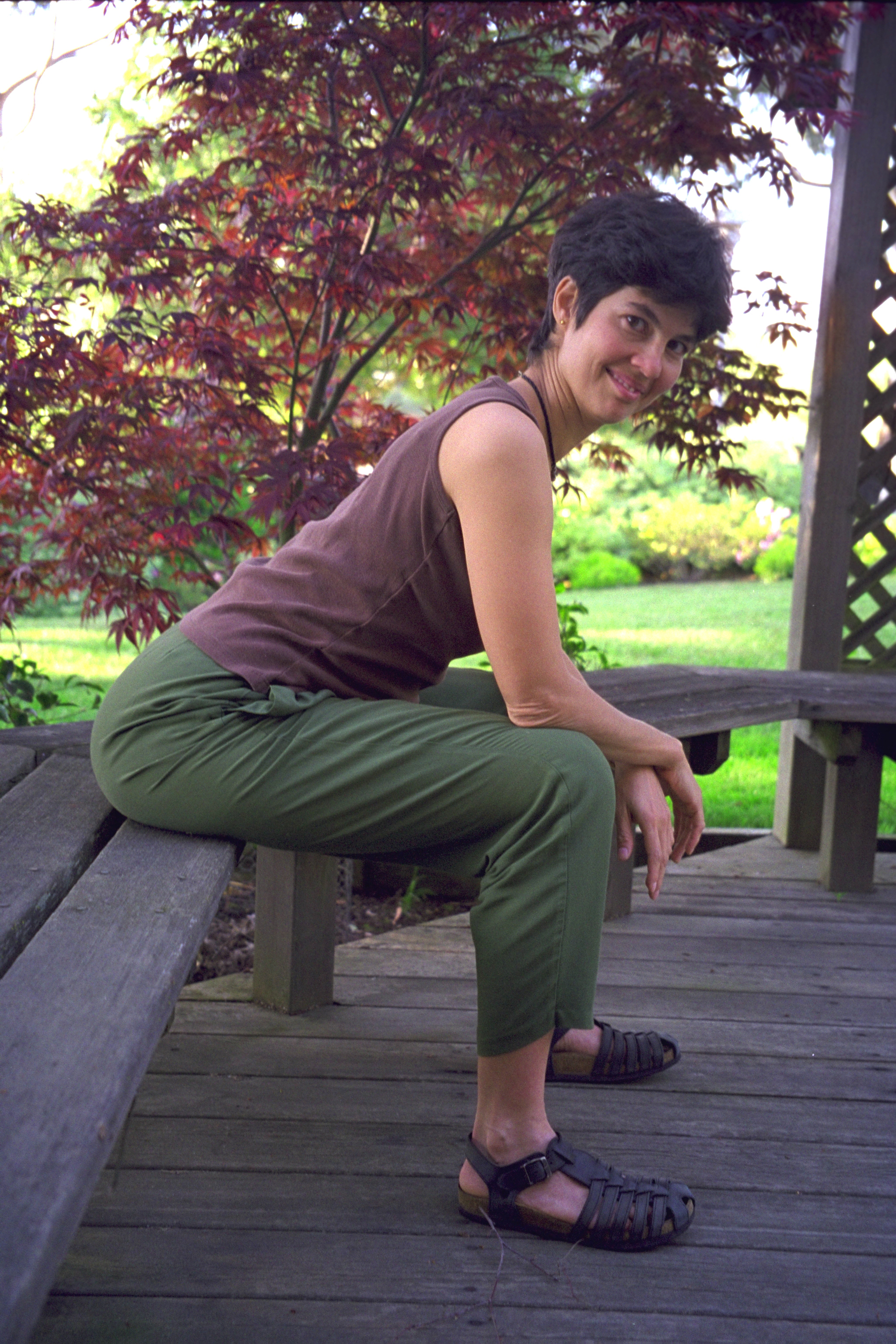 🖨️ Print post
🖨️ Print post
From the time we are born, we are conditioned to sit, sleep, walk and stand in a certain way. We are directed to “sit up straight” and to stick our “chest out” when we slouch. These ideas are actually counterproductive and do not correspond with how our ancestors sat, stood, and moved. The result? Back pain, digestive issues, shoulder and neck impingement, and more. Esther Gokhale knows this firsthand. She had excruciating back pain and resorted to several surgeries before she discovered the root of the problem: poor posture. Esther is the founder of the Gokhale Method: an approach that retrains the body to adopt its natural, primal posture. Today, she walks us through what’s wrong with our alignment and how to fix it. She offers simple tweaks for improving how we sit, stand, and even sleep. And she explains why it is critical to carry ourselves properly for a strong foundation for optimal wellbeing.
Notes:
Highlights of the conversation include:
- Why a J- shaped spine should be our goal (as opposed to the S-shaped spine)
- How those spinal shapes affect our overall posture and possible back pain
- How our posture influences our overall physiology
- How to help correct posture through a sort of “inner massage”
- An alternative to the “power stance” (mental reset technique before going into a meeting)
- Why is it never too late to improve structural integrity
- What behaviors/habits we learn from birth & a young age that contribute to incorrect posture
- How our conditioning leads to posture behaviors quite different than those of our primal ancestors
- Lengthening exercises that address the root cause of our posture issues & how to include them in your day
- The fact that furniture and even clothing conform to our learned posture habits
- How a nutrient-dense diet helps with structural integrity
- How proper positioning during sleep can help improve sleep quality and overall well-being
Resources:
Crowdsourced Treatment Ratings
TEDx Talk – “Find Your Primal Posture”
“Eight Steps to a Pain-Free Back” by Esther Gokhale



This seems very similar to the Alexander Technique, something that has been around since the late 1800s and was for a while adopted by the medical profession until the drug companies took hold. The main difference looks to be that Alexander Technique is all about learning to “not do”. We all learn habits throughout our lives that affect our body’s functioning. To overcome this we have to learn not to keep doing this habit.
For example, say you pull a muscle in your leg and begin to limp to minimise the pain. Even after the pain is gone, almost everyone will still limp to some extent from the habit learned while it was sore. Then think of all the similar things that happen throughout life, and there ends up being a pile of habit upon habit affecting the way the body works.
Alexander Technique teaches how to inhibit these habits, not by doing exercises or doing things in a particular way, but by being aware of what is happening.